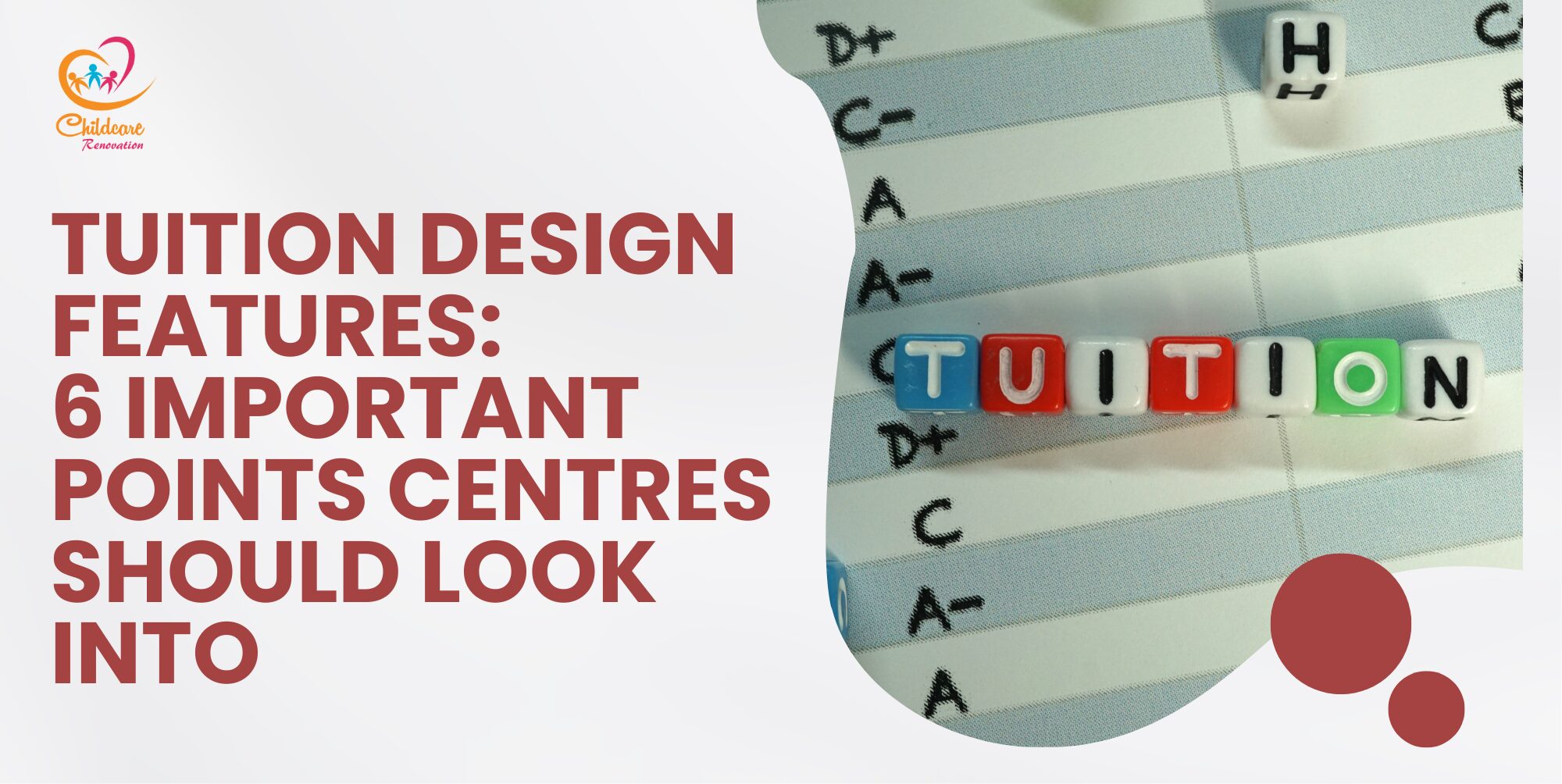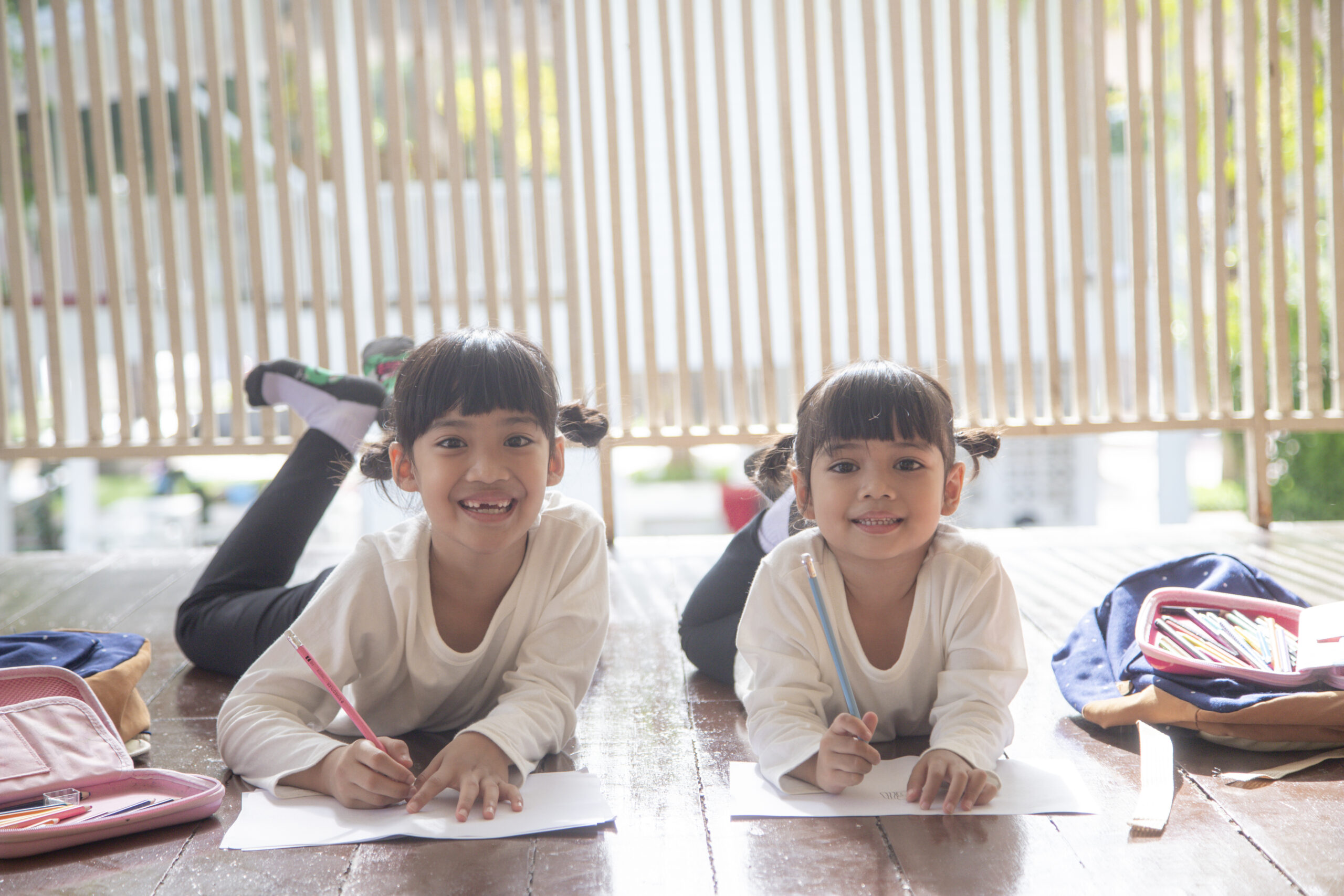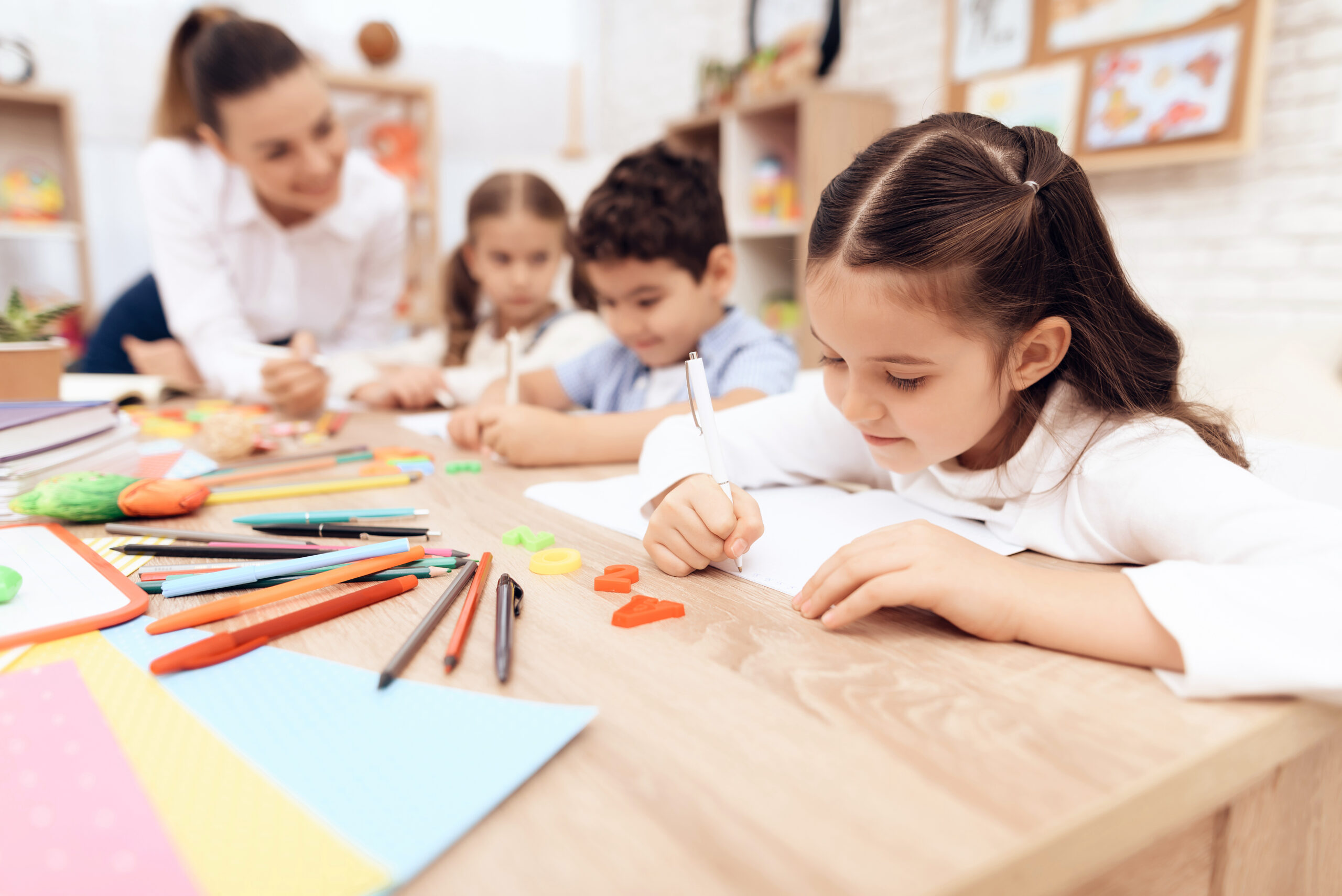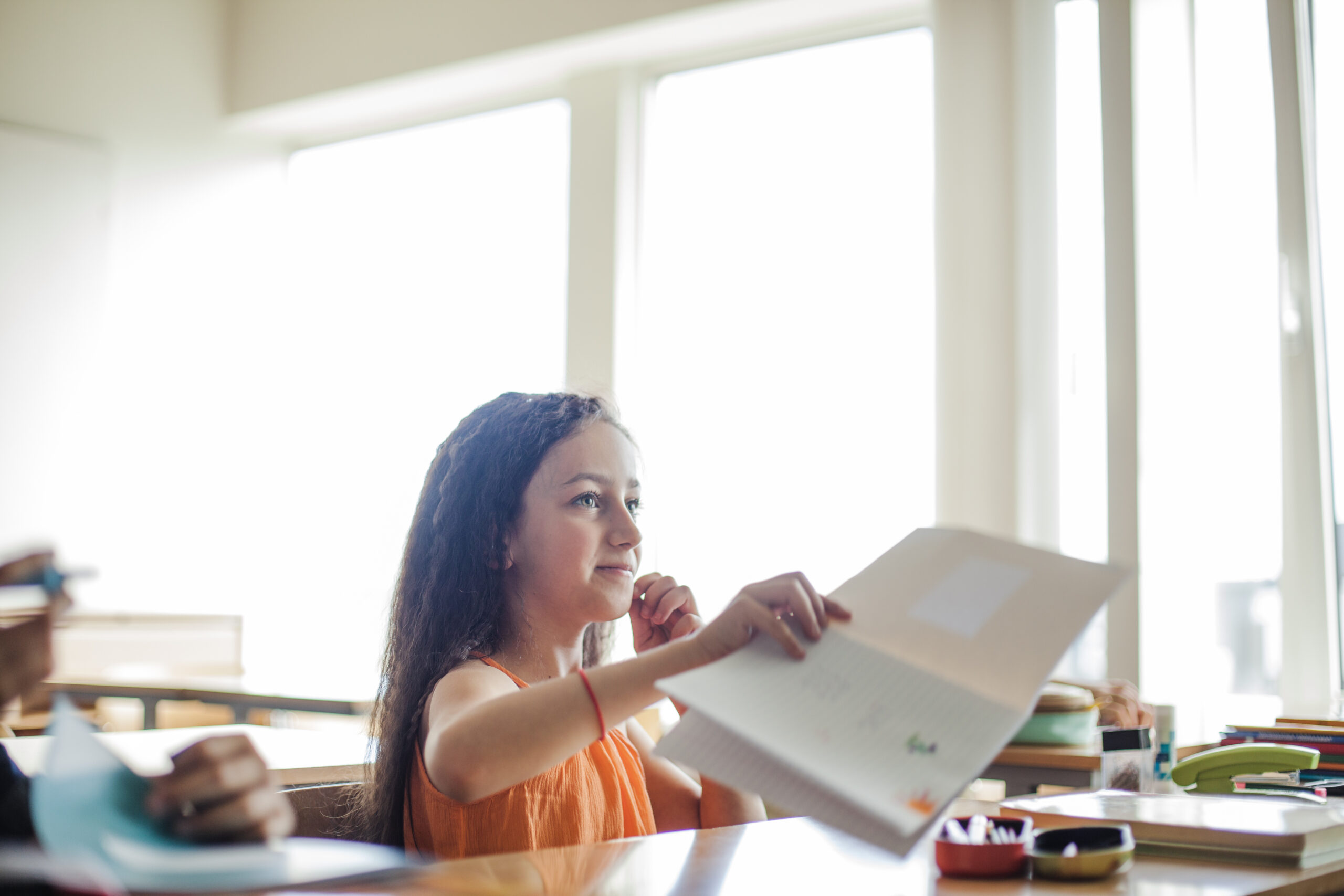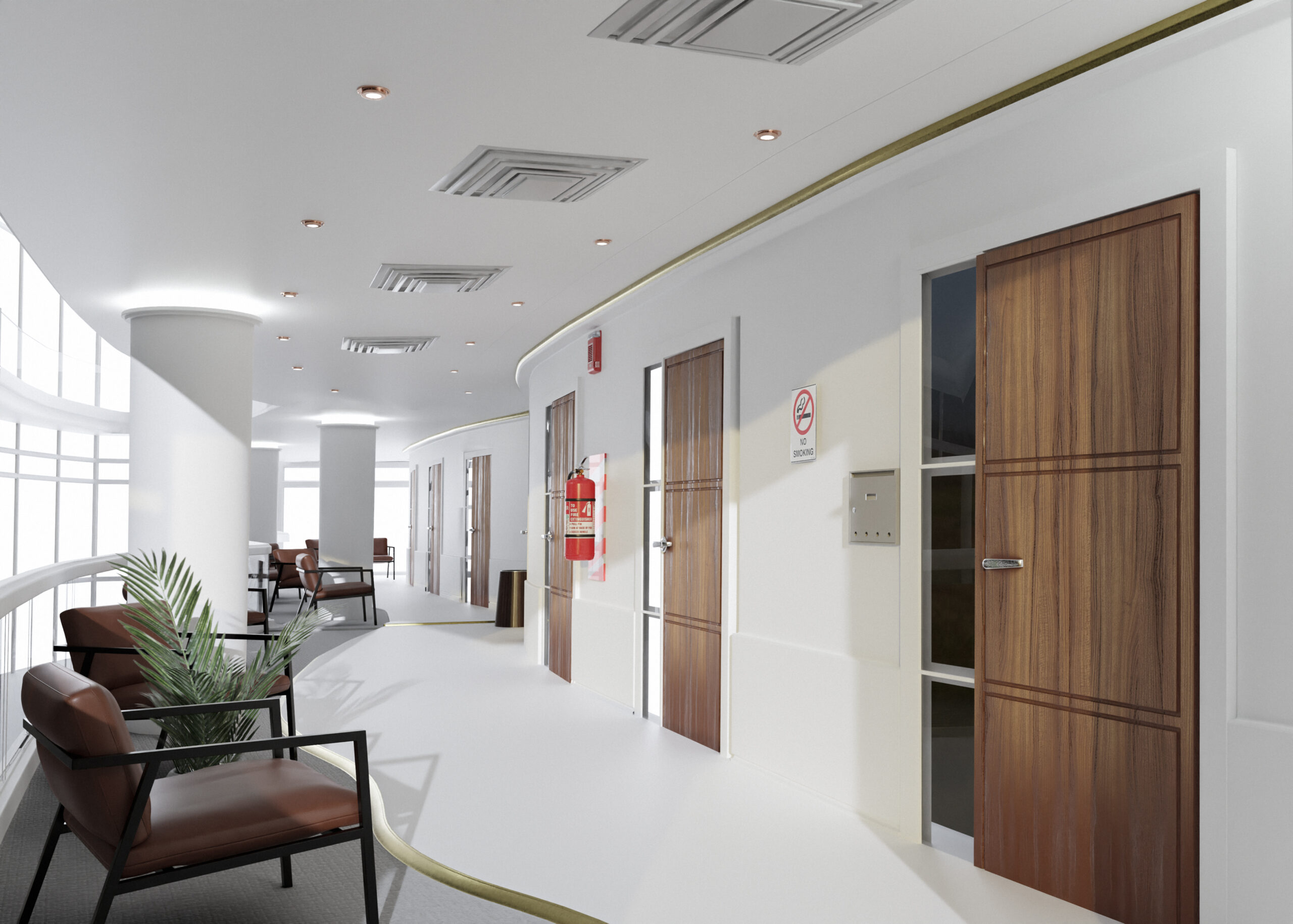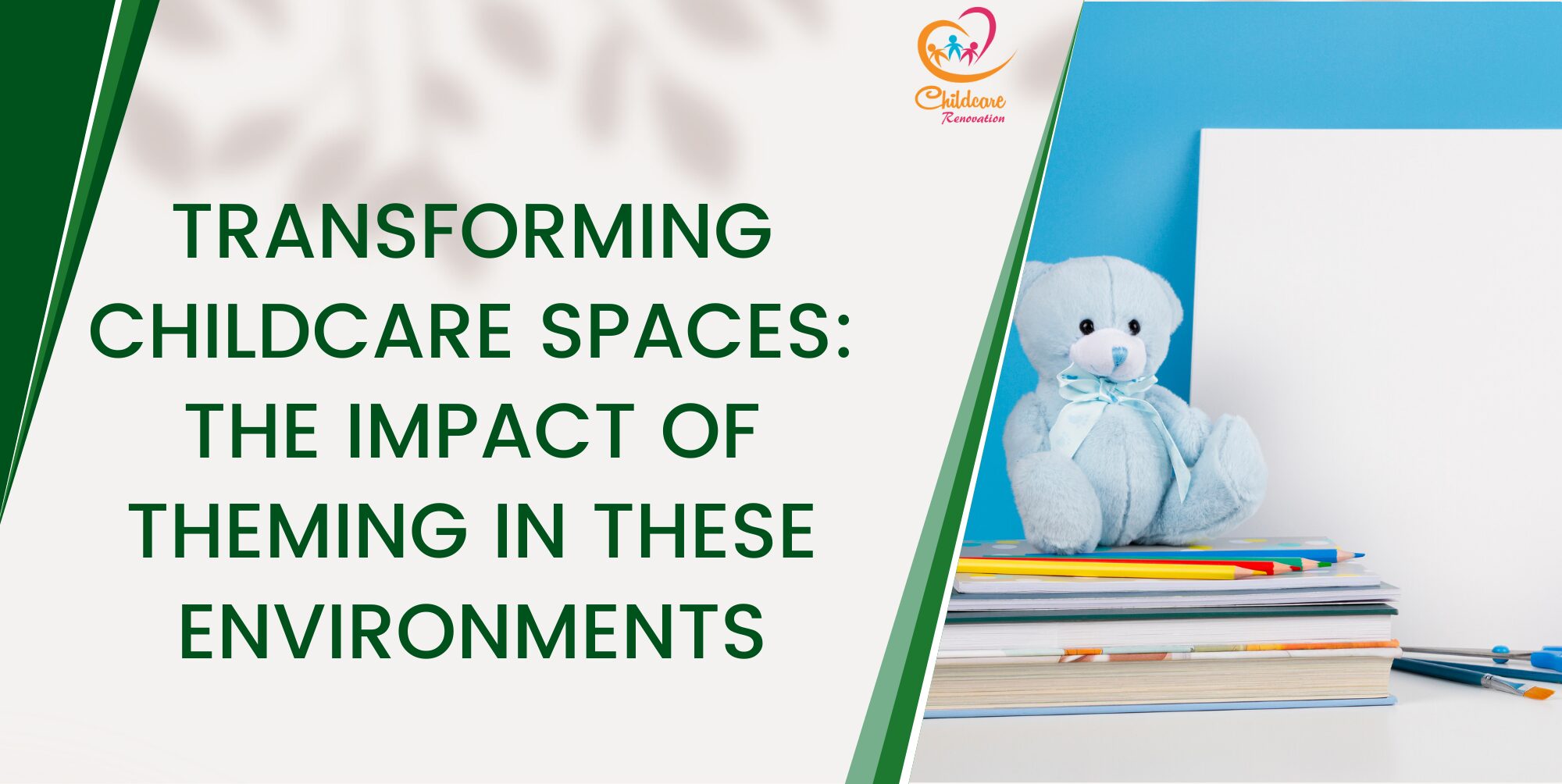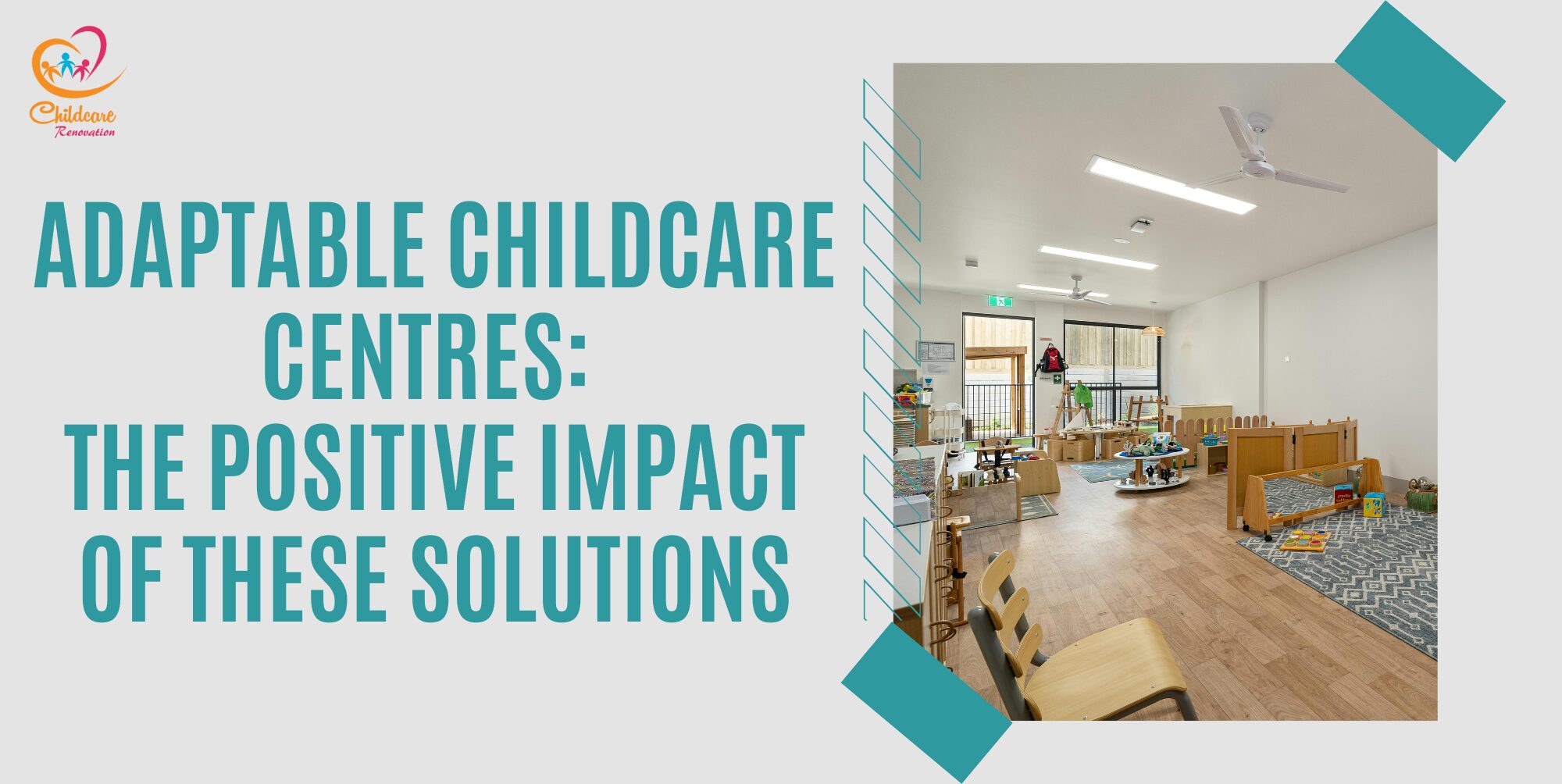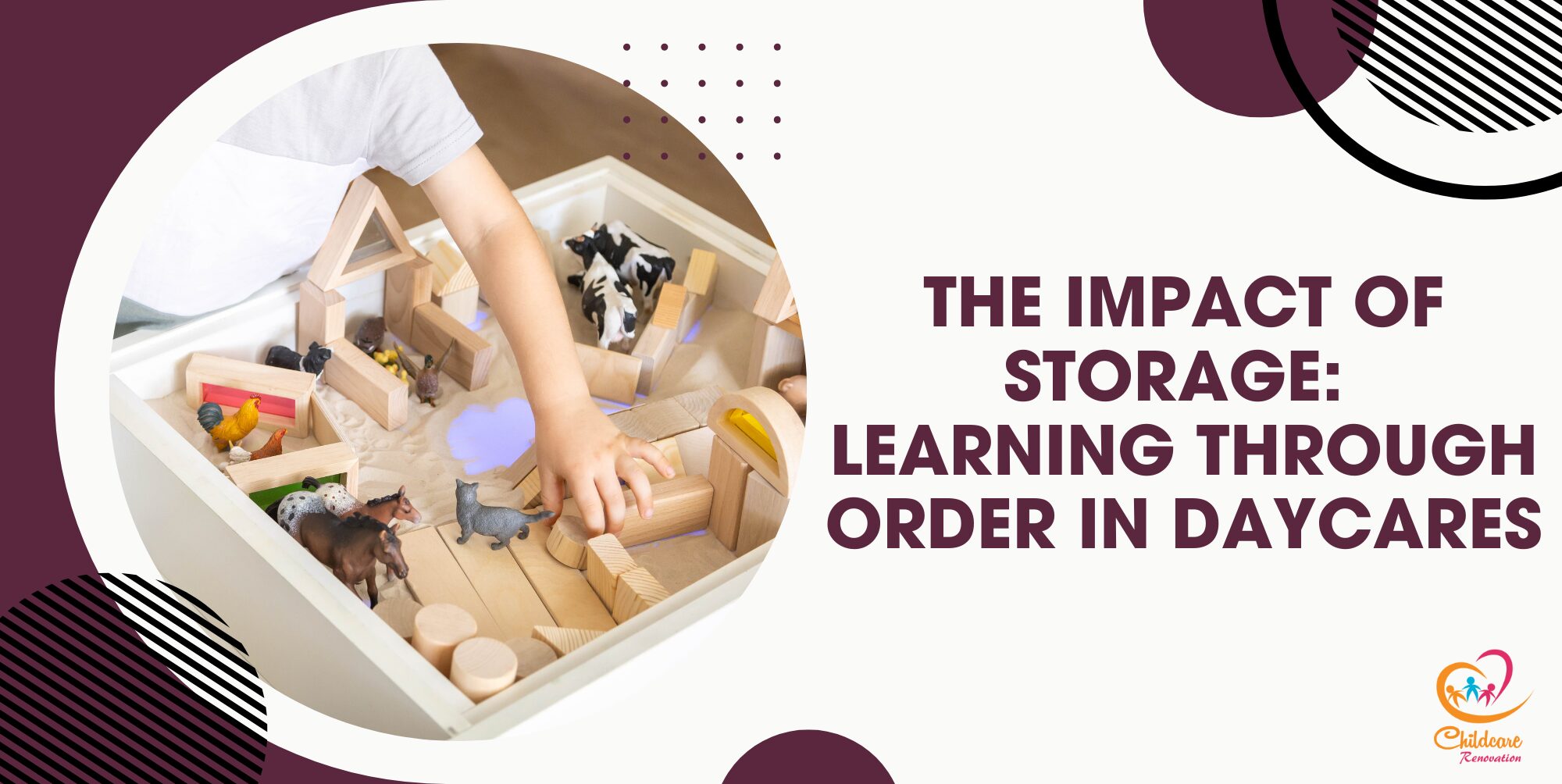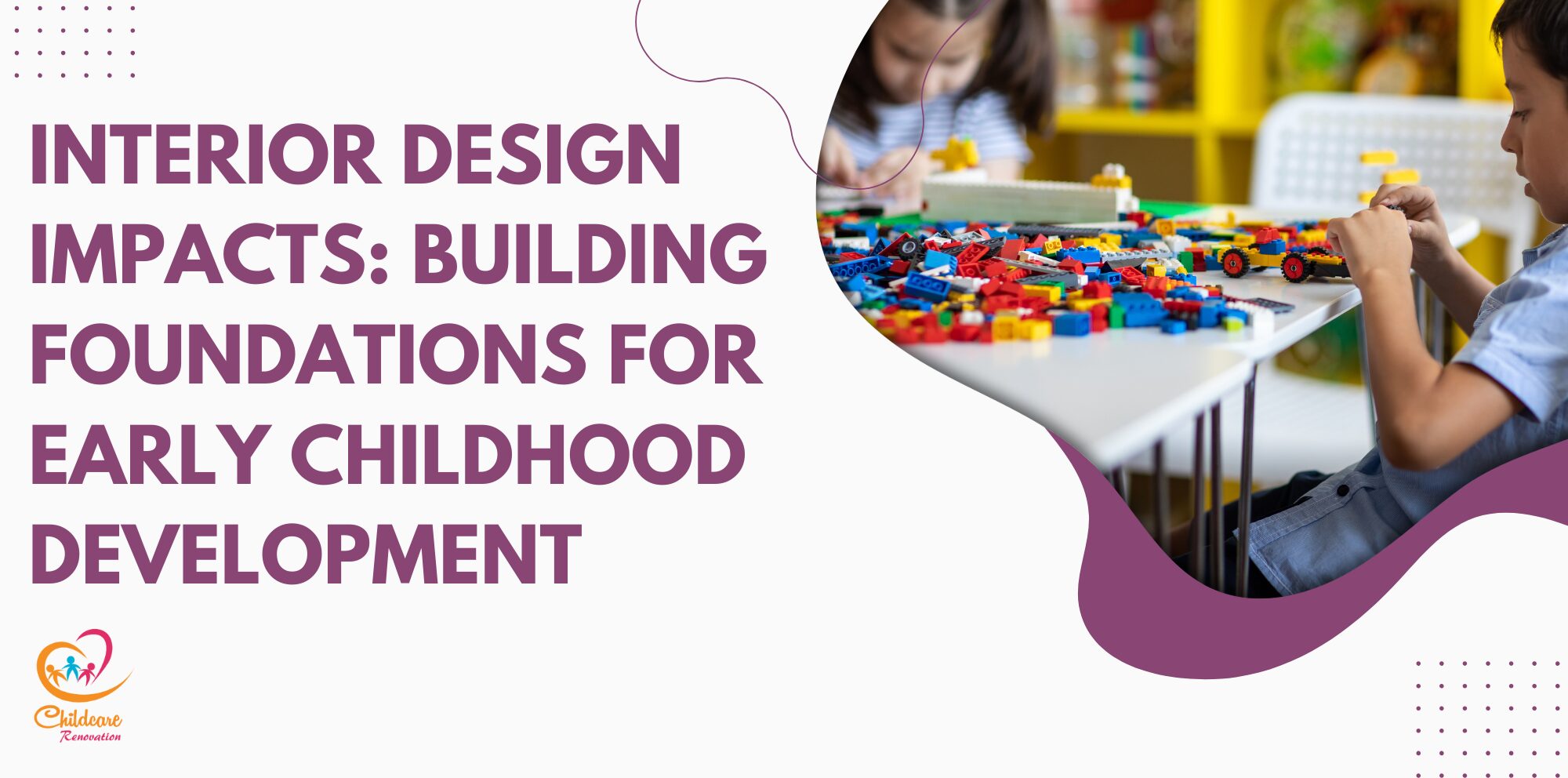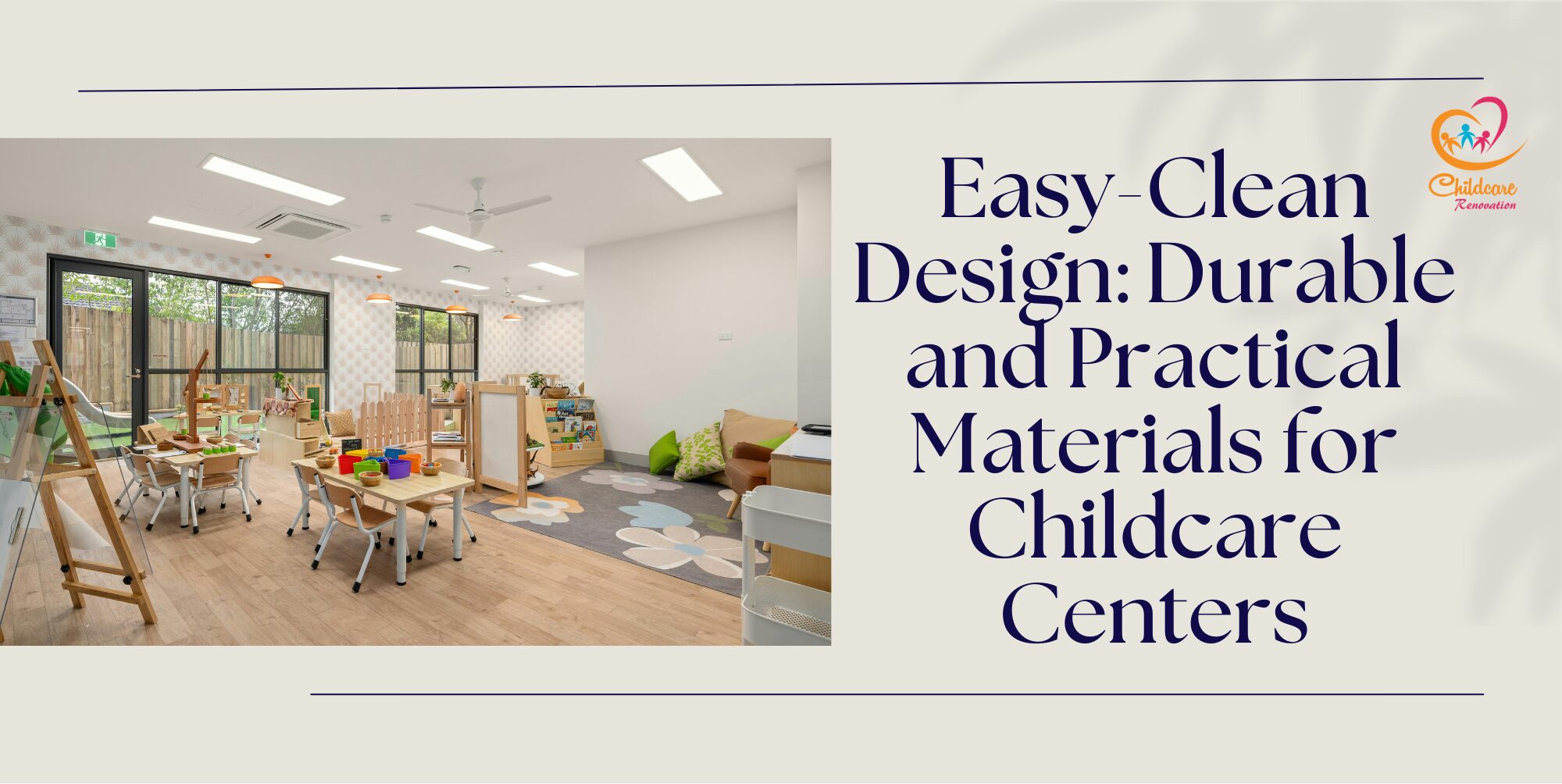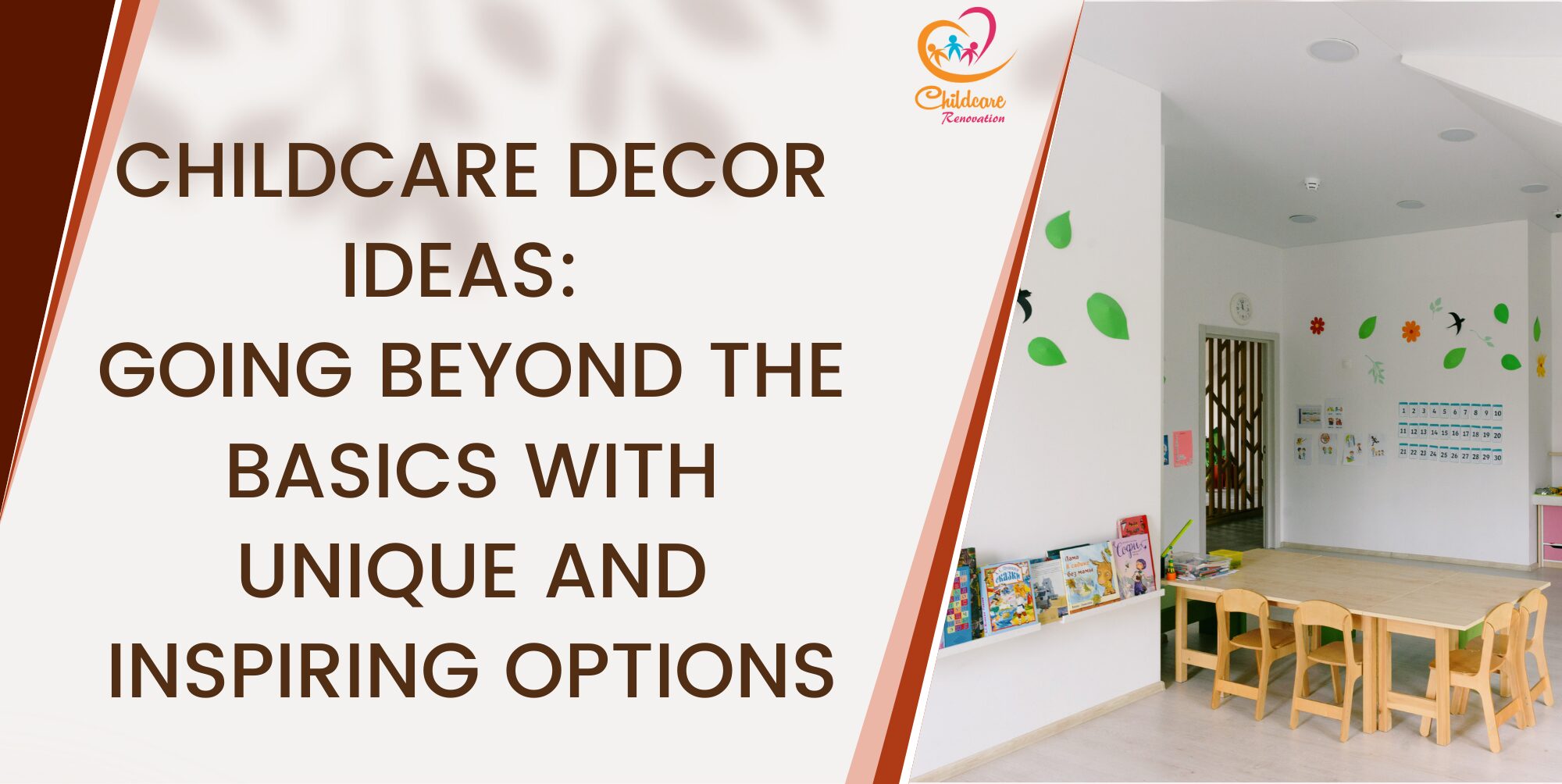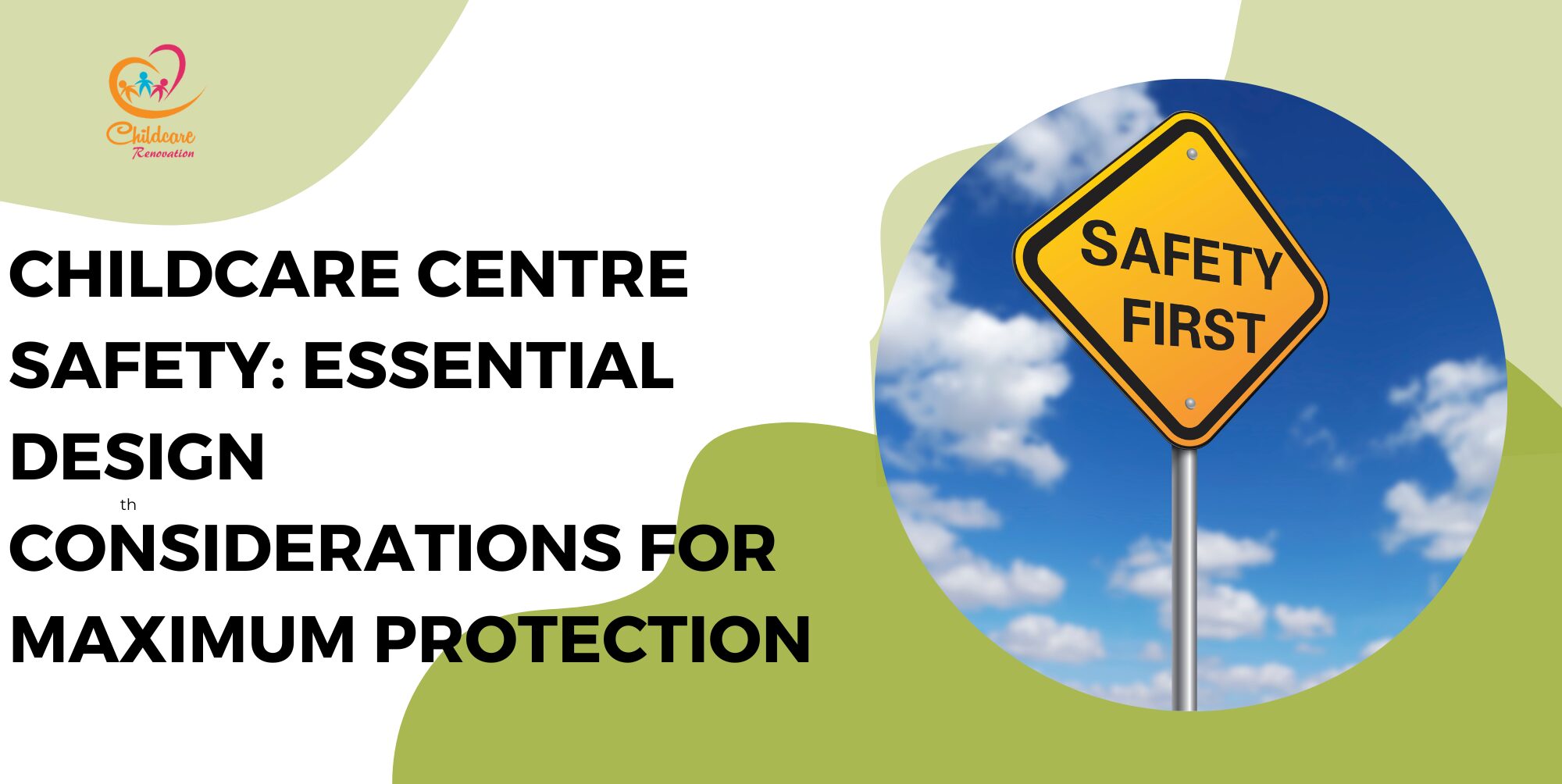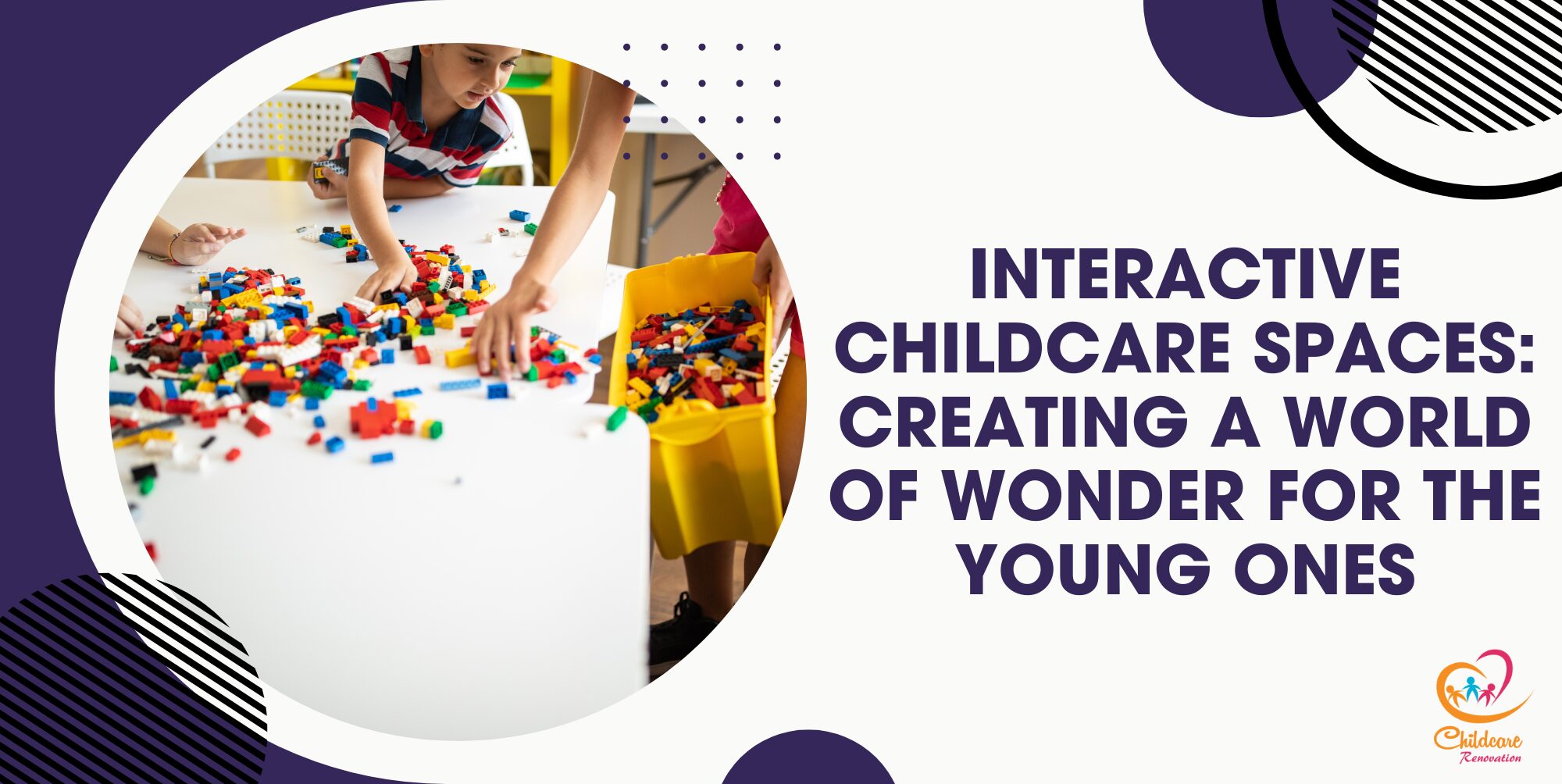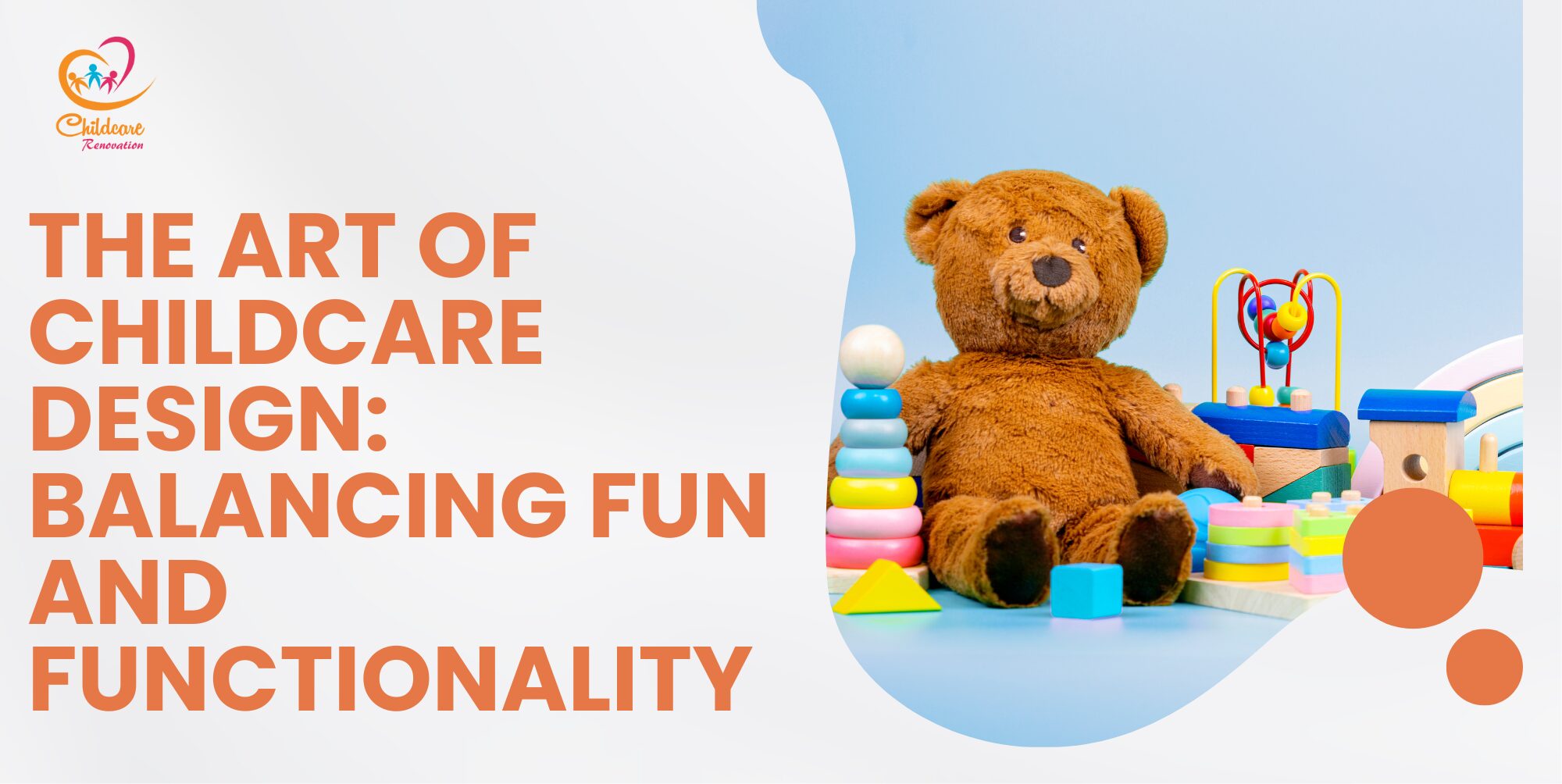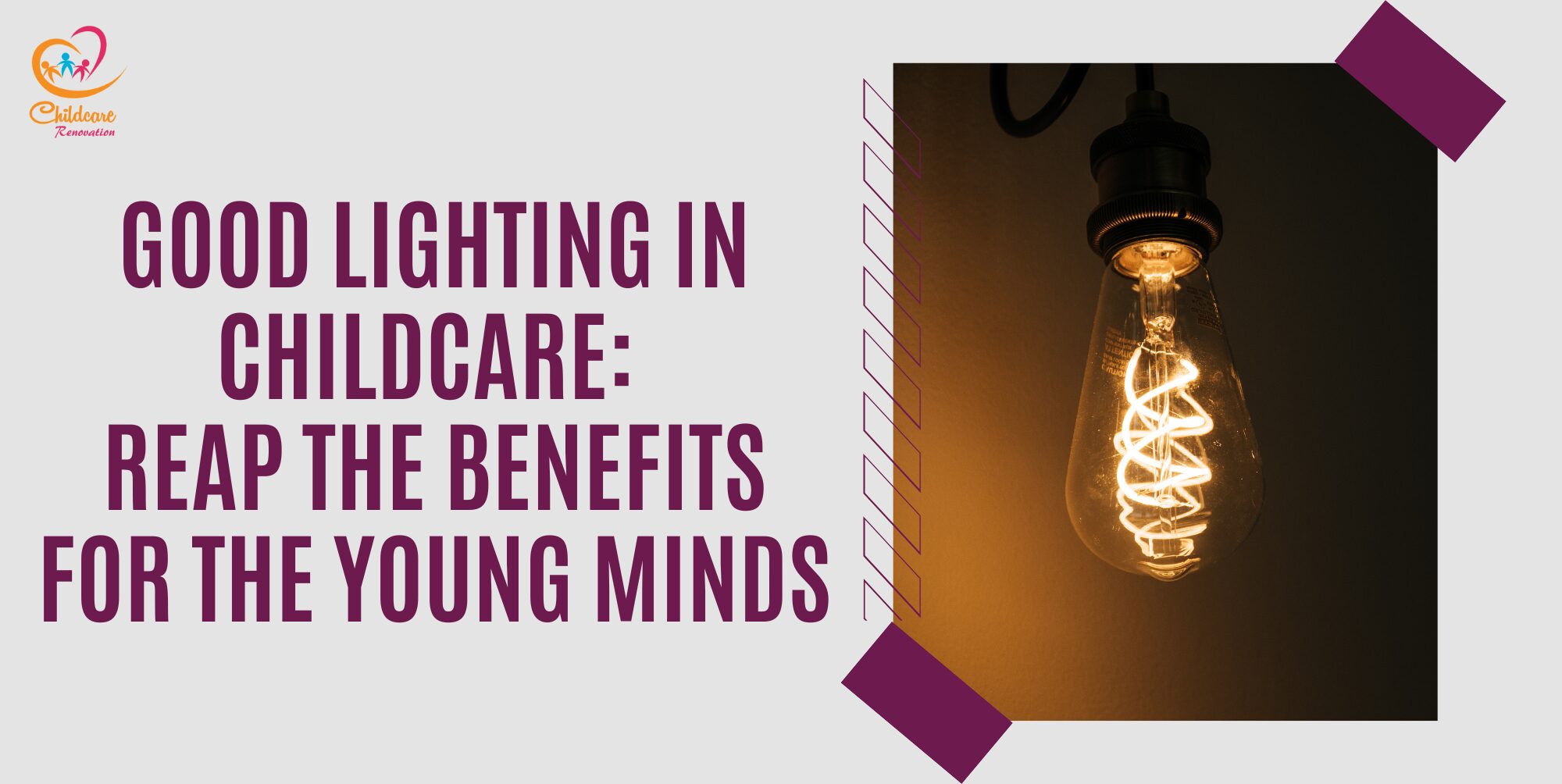Tuition design features are important to be followed and implemented to ensure that centres are conducive and efficient for students and educators. Here are 6 important points that can be taken into consideration.
Tuition Design Features #1: Using Space Wisely
One of the most important design features at a tuition centre is effective use of space. It needs to ensure the available space is maximised for learning while comfort and functionality are maintained. The well-organised space enhances efficiency at the centre — creating an engaging and comfortable environment for both students and teachers. Incorporating multi-functional rooms is one of the main strategies. These spaces can easily be varied into the different class sizes to support group discussions, individual tutoring and even workshops. Such flexible use of the space facilitates space usage and encourages efficiency. It helps the tuition centres meet diverse learning needs and schedules without necessarily using more rooms.
Storage facilities play a very important role in reducing clutter — leaving space more organised. Facilities such as inbuilt cabinets, storage facilities under desks and wall-mounted shelves ensure materials, books and equipment are stored aside to leave space free for students and educators to move around. Foldaway furniture is another innovative way to optimise space especially for transitions between activities.
Open spaces can also encourage the feeling of space and support cooperative learning or cooperative interaction by students while areas reserved for single study can be used to maintain focus away from distractions. Lastly, proper use of space also entails consideration for acoustic management. Open large rooms usually create too much noise which becomes a distraction.
Lastly, a well-designed waiting or breakout area helps in ensuring that students are in comfortable conditions and not cramped. These areas tend to foster a more relaxed movement flow within the centre and maximise learning experience. To sum it all, enhancing space through sound design ensures that a tuition centre is as versatile as possible while being comfortable and appealing.
Tuition Design Features #2: Importance On Safety
Note that tuition centres have safety features to take care of the students, staff members and visitors within their premises. These features include non-slip floors that avoid falls in places that are subjected to high traffic such as the entrance, hallways and bathrooms. Fire exits in every classroom should have clear and illuminated signs showing the path to be followed during emergencies. In addition, every tuition centre must be installed with smoke detectors and fire alarms conforming to the standard requirements laid by the locality to detect a fire quickly.
Installation of CCTV cameras along corridors and at building entrances is another vital safety measure. Such measures add not only to security by preventing theft and vandalism but also assist in monitoring activities on campus — acting upon any unusual activities and giving confidence to parents and teachers. Security access systems where entry is governed by card systems or biometrics can be utilised to ensure unauthorised access is disallowed and that only students and personnel are allowed into the premises.
First-aid stations should be at strategic positions within the centre, more so where accidents are likely to occur such as near sports or activity zones. The centre is safer since there is also staff trained in giving first aid. Moreover, lighting should be sufficient in all areas including emergency exit and stairwell areas on all floors, outdoor areas and walkways — preventing accidents and allowing visibility during a power outage.
Classrooms and common rooms should be designed in a way that allows proper ventilation to provide healthy, indoor air quality and prevent air-borne diseases. Fire extinguishers and other safety equipment should be kept on accessible locations and serviced from time to time in order for it to work properly. By keeping such safety features, the tuition centres create a safe place to learn which builds up confidence in the children and their parents and motivates teachers.
Tuition Design Features #3: Good Lighting Elements
Good lighting in a tuition centre is an essential feature that will directly impact students’ performances and their well-being. Proper lighting will assist in focused learning and provide comfort in the environment due to reduced eye strain and other fatigue commonly found in areas with poor lighting. As a matter of fact, natural lighting has been especially great in improving concentration and mood, thus rendering a friendly atmosphere. Large windows have to be incorporated in such a way that the amount of daylight entering the classrooms is maximised. Evidence has proved that exposure to natural light can enhance students’ cognitive functions and their learning efficiency
Additionally, the use of task lights becomes a must especially during evening classes or when sunlight is insufficient inside the rooms. The desk lamps that could be adjusted or the ceiling lights placed at strategic positions keep the workplace of each student well lit — which becomes so crucial for reading, writing and screen-based activities. On the other hand, fluorescent or harsh lighting should be avoided — it creates glare and discomfort after some time. Instead, soft and warm LED lights are energy-efficient and comfortable, enhancing focus without creating any visual stress.
Good lighting design would minimise shadowed areas and spaces that would be too dark to heighten discomfort and impede concentration. It can be achieved through evenly distributed ceiling lights or by layering lights in a combination of ambient, task and accent lighting. Furthermore, these can be further enhanced through light controls such as dimmers or automated systems that change the brightness based on time or activity.
On the whole, good lighting in tuition centres results in productivity, comfort and health of not only students but also educators — making it one of the most vital considerations in designing an effective educational facility.
Tuition Design Features #4: Incorporating Technological Elements
The integration of technology has emerged as an important feature in new tuition centres in modern times for elevating the overall process of teaching and learning. The classrooms are equipped with audio-visual aids such as projectors, smart boards and high-definition screens to enable the tutors to present their lessons in various engaging and interactive modes. These support multimedia presentations, video tutorials and real-time demonstrations that make the understanding of even complex concepts easier for students. Moreover, it encourages the students further to participate in actively interacting with the lesson through touch or stylus input directly — maximising the active learning environment.
Wi-Fi connectivity is another key feature that needs to be present in all facilities as it ensures students and teachers easily access online resources, educational apps and digital platforms for research purposes, the execution of assignments and other assessments. Given that more learning tools and e-learning platforms are being adopted, high-speed internet connectivity should be provided in every tuition facility. Besides this, this will ensure that lessons can incorporate tablets, laptops and other mobile devices with seamless integration — offering personalised learning experiences.
Charging stations should be placed around the centre for easy access to allow students to sustain their devices throughout the day — sustaining access to digital materials. Also, cloud-based storage and sharing systems ease the management of learning resources both for students and teachers and foster effective communication and collaboration.
Apart from learning, technology helps tuition centres manage themselves. Automated attendance systems and digital scheduling facilitate processes, smoothing the entire operation. Finally, the integration of security technologies such as CCTV cameras and biometric access controls helps in keeping the students and staff safe.
The integration of such technological features into the tuition centre design makes learning more interactive, time-effective and secure — upgrading education to meet the requirements of a digitised generation.
Tuition Design Features #5: Emphasis On Comfort
In tuition centres, seating and furniture are crucial design features in terms of comfort for students and affecting their focus. This is why proper ergonomic seating is a must for comfort in the learning environment — the students can spend long hours studying or even attending classes. Chairs with adjustable heights for proper back support, with cushioned seats allow less physical strain on the body to enable students to sit properly and give full attention continuously. Comfortable seating enables good concentration — reducing any potential distraction due to discomfort or tiredness.
In a tuition centre, flexibility and modularity are also very important. Tables and desks should be easily moved around in order to allow individual and group work to be comfortably possible which can assist many teaching styles and learning activities. Modular furniture systems including foldaway desks or mobile chairs facilitate the process of transitions between different classroom settings and create a more dynamic and interactive environment. Such flexibility is indeed crucial for tuition centres since the same space might be required for one-to-one tutoring, group discussions or even seminars.
The seating arrangement should also be planned in such a way that there is space but not congestion in the classroom. A well thought of layout that permits appropriate distances between desks will allow the students to have an adequate area of personal space, avoid feelings of claustrophobia and assure a good level of ventilation. Proper storing, under-desk storage or wall-mounted shelves keeps the learning space well organised and clutter-free — enhancing the motive of a productive learning environment.
Overall, good seating and furniture designs allow for not only the enhancement of physical comfort for students but also greater functionality and flexibility of the tuition centre, becoming more conducive to learning.
Tuition Design Features #6: Setting Up An Efficient Reception Area
The reception area is one of the most important design features in any tuition centre — this is because it marks the first point of contact for both students and parents alike. A well-designed reception area gives one a welcoming and professional atmosphere — setting the tone for the learning experience. Comfortable seating will be accommodative, giving waiting parents and students a sense of ease and relaxation. Notice how carefully the furniture is placed to complement the whole layout but also clear signage — this would ensure that with everything in working order, the space would be functioning with a specific aesthetic
A well-organised information desk in the reception area is quite crucial for effective communication and administration. It should be set up in such a way that it allows staff to reach vital material and equipment with ease but still leave some free space to welcome visitors. Notice boards or digital screens can be included to display important announcements, schedules of classes, achievements by students and forthcoming events within the school. Not only will this keep parents in the loop but highlighting progress and achievements will encourage and motivate the students themselves.
Besides, lighting and colour are of high importance in a reception area. The friendly atmosphere can be created by using bright and inviting colours combined with warm lighting. Natural lighting can reduce stress and enhance moods. In addition, there should be safety and security elements too. This involves clear visibility to entrances and exits, non-slippery floors and well-marked pathways just in case of emergencies.
Add in some greenery or soft furnishings to make the reception area even more inviting. All in all, a well-thought-out reception area is not just a waiting area but a reflection of how the tuition centre concerns itself with its students’ positive and professional learning environment. This reassures the parents and creates a good first impression that may perhaps influence their overall perception of the centre.
Speak with The Experts
Planning to get started at your kindergarten but have no idea about it?
Childcare Center Renovation Singapore is a reliable company for renovation and interior design. They have about ten years of experience in this field and have a good reputation among customers.
Call us now to get your desired kindergarten design ideas now!

